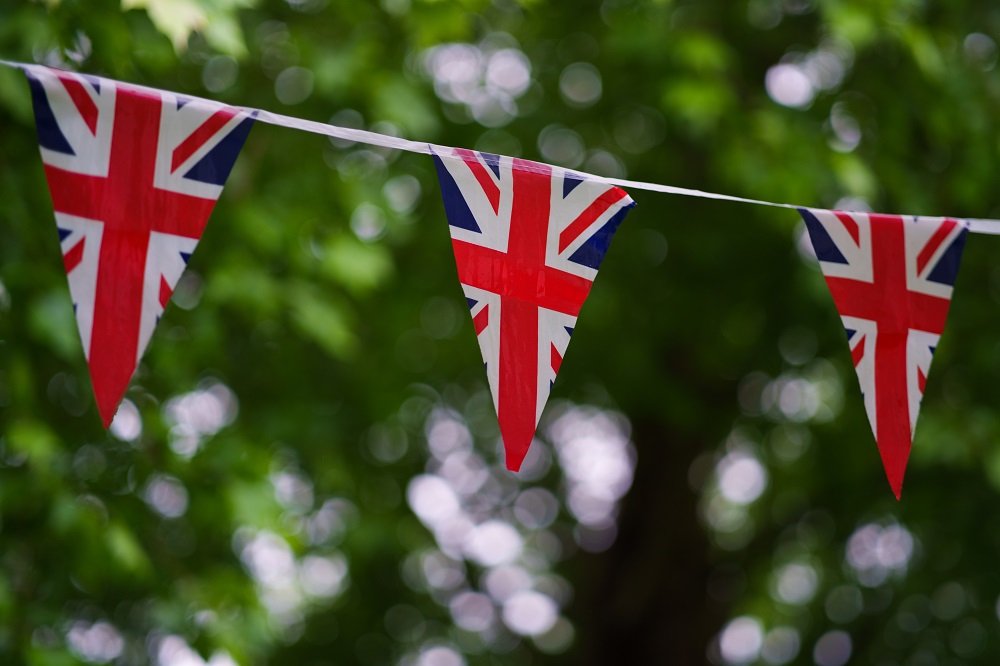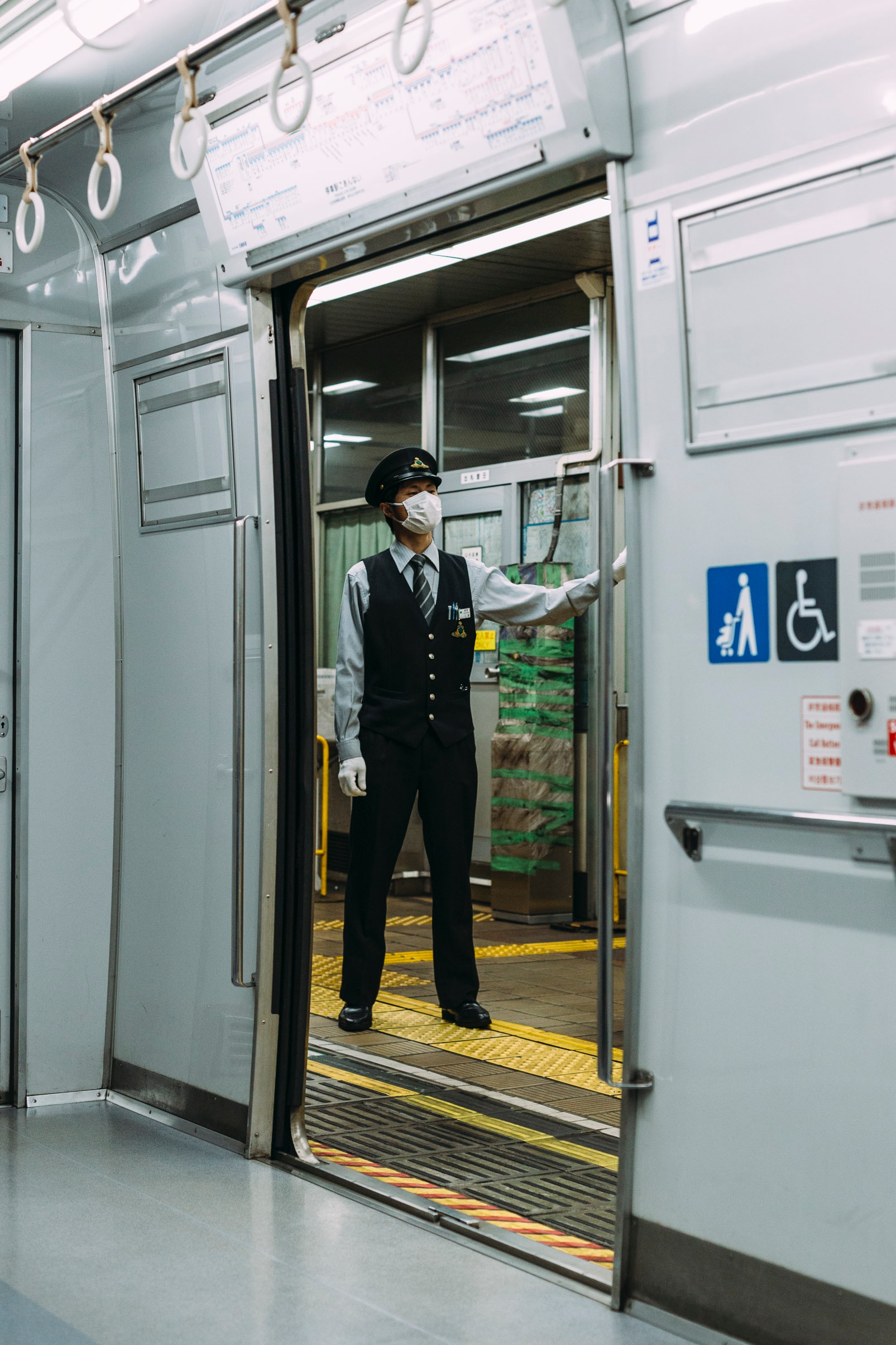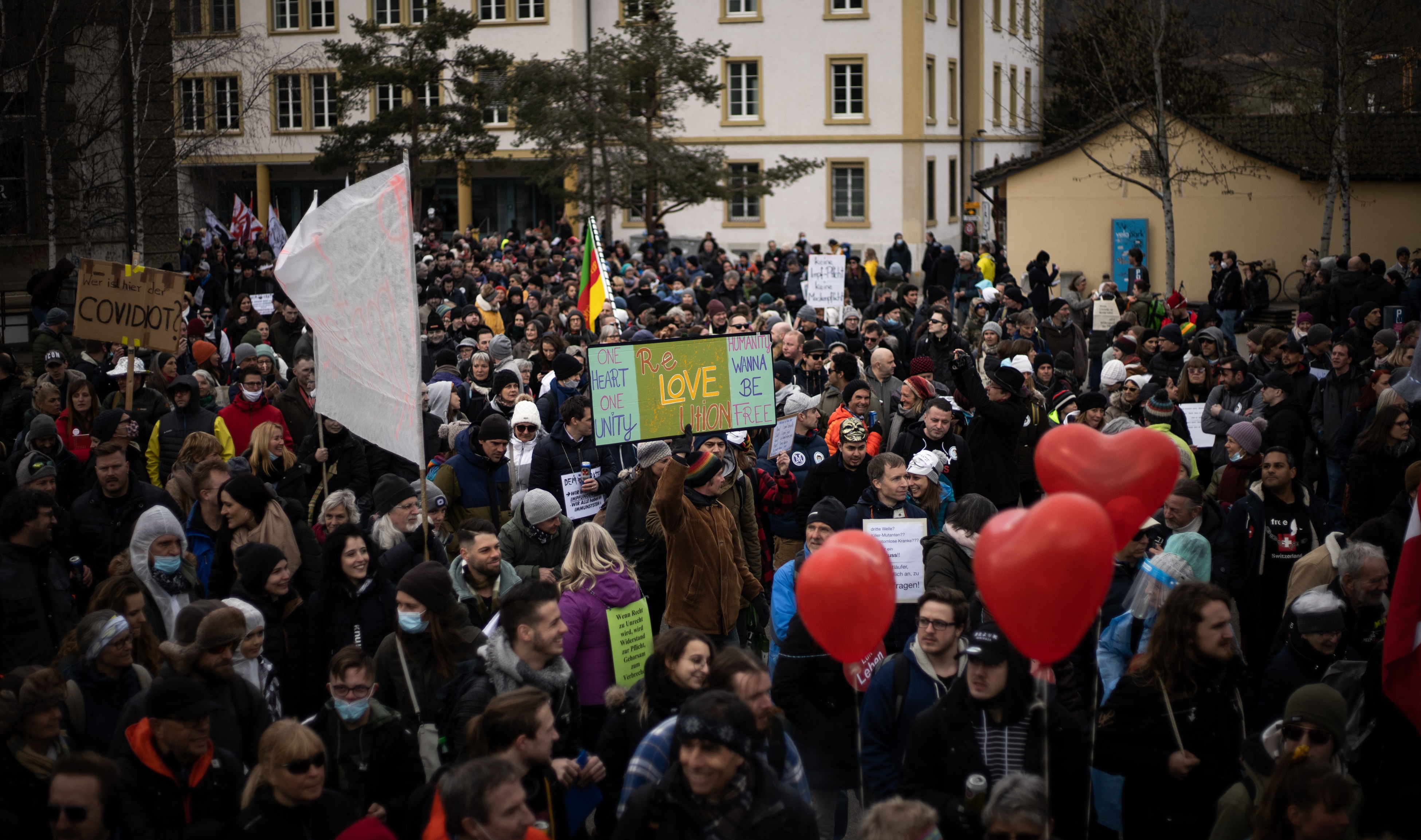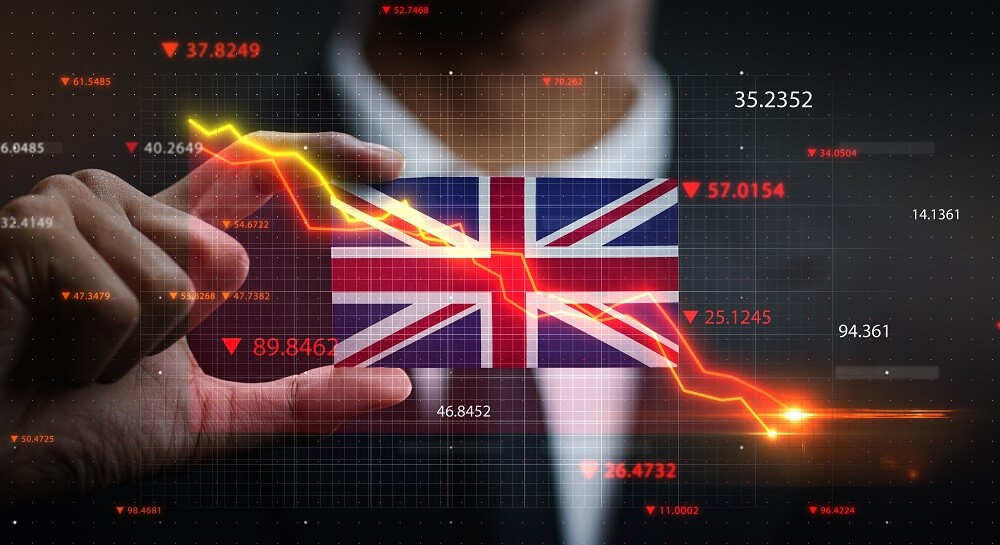With the R number crossing 2 in certain areas, the COVID-19 pandemic has come to a critical stage in the UK, as stated by experts. As the second wave of the pandemic is now spreading across many parts of the country, the average number of new infections is now above 20,000 per day.
As the UK government and other devolved governments in Scotland, Northern Ireland, and Wales are imposing strict measures to contain the spread of the deadly contagion, Novel Coronavirus, over a quarter of the UK population is currently living under extreme forms of COVID-19 restrictions. The areas under heightened constraints account for almost two-thirds of the national GDP, which implies that the impact on regional economies is most likely to be agonizing.
Here’s a brief overview of how the new lockdown will impact UK’s economic recovery.
Summer travel has come to an abrupt end
The number of people who enjoy taking a drive on Britain’s roads during the summer has reduced drastically. As per Apple mobility data – information related to requests raised on apple maps for directions, travelling in October was like the levels in March when COVID-19 was spreading at an alarming pace. The use of public transport has also reduced abruptly and remains down for over a quarter.
Stock markets slumped due to the second wave
Financial markets across the globe have sold out severely due to increasing concern over the second wave of COVID-19 and the subsequent tighter restrictions. Wall Street had its darkest day in late Oct when the FTSE 100 – a major stock market index in the UK – slumped by over 3% to below 5600 points as compared to the previous month.

Rise in inflation after EOHO
Inflation in UK returned in September as the cost of eating outdoors increased after the Treasury’s EOHO (Eat-Out-to-Help-Out) scheme expired and the cost of cultural activities along with transport increased moderately. In August, the CPI (Consumer Price Index) increased from 0.2% to 0.5%, as the eat-out-to-help-out scheme helped in saving 2 million jobs, kick-starting the UK economy. However, inflation remains much less than the 2% target that the government usually assigns for the Bank of England.
Economic downturn due to the increasing number of infections
In April, which was the severest month of the first lockdown, the UK economy contracted by 20%. However, the economy further shrank and flattened out in October, fuelling fears of a double-dip recession. The advent of new restrictions to combat the second wave of COVID-19 increased the seriousness of the situation. The IHS Markit / CIPS Flash UK Composite PMI data index dropped down from 56.5 in September to 52.9 in October. A number above 50 means economic expansion. Furthermore, business activity levels dropped in the Eurozone, while the US hit a 20-month high.

Increase in redundancies at a record-breaking pace
The number of people who are entitled to redundancy in the UK increased at a record rate in August, as the impact of COVID-19 and the ending of the furlough scheme accelerated unemployment. According to the stats gathered from the UK’s largest independent producer of official statistics, Office for National Statistics (ONS), redundancies nearly shot up to 2,27,000 and the unemployment rate grew from 4.1% to 4.5% in July. Economic adviser to Boris Johnson, Gerard Lyons, anticipates unemployment to rise to 3 mn from 1.52 mn and claims that firms, at scale, will focus on repaying debts that affect their ability to recover.
Gardening & DIY uplifts retail sales
Spending on household and DIY goods has positively impacted UK retail sales. As of September, the UK witnessed an upsurge in retail sales for the 5th consecutive month. According to ONS, retail sales increased by 1.5% between August and September, thereby helping the UK economy overcome the tailspin that was set in motion during the lockdown. However, not all retail shops have witnessed the positive impact of COVID-19. For example, clothing sales is still down by 12.7% as compared to pre-pandemic levels.

Covid-19 continues to push the budget deficit
In the first six months of the financial year, the UK government’s borrowing reached a record of £208.5bn. The extra spending used to handle the pandemic situation had a countereffect and pushed the budget deficit into the red. In fact, the national debt surged to over 103.5% GDP, which is £2.06 trillion. Rishi Sunak, the British finance minister, has warned that an extended lockdown would be harmful to both the society and economy. This, in turn, will have an impact on an individual’s long-term health outcomes as well. Rishi Sunak has also posited that ‘tough decisions’ will be taken to balance the books.
Despite spending boost, GDP growth decelerates
GDP growth started decreasing in August, despite the contribution of the EOHO scheme in driving up consumer spending. Compared to July, GDP increased by 2.1% in August, which was lower than the expectations of City Economists, as the rebound lost momentum during the final days of summer, before the imposition of new restrictions. Although the UK is still reeling for the 4th consecutive month from the deepest recession in history, GDP is still 9.2% below as compared to pre-pandemic levels, and it might take years to recover from this blow.
UK mortgage applications hit a 12-year high
Mortgage applications rose sharply to a 12-year high as housing prices soared at the fastest annual pace since mid-2016, as stated by the UK’s biggest mortgage lender, Halifax. The leading mortgage lender has also stated that the demand for more room/space during the COVID-19 pandemic and the government’s stamp duty holiday led to an increase in demand. As per Halifax’s monthly house price index, which is considered a key indicator of the UK economy, the average price of a house increased by 1.6% to £249,870 in September. As a result, the annual growth rate surged to 7.3%, the fastest since June 2016.
Summing Up
The economy was estimated to have dropped by nearly a quarter at the beginning of the year during the initial lockdown stage. However, the second lockdown is likely to hit business investments much worse as compared to the first lockdown, thereby posing a major threat of long-term damage to the UK’s growth potential. Overall, officially in recession for the first time in 11 years, the UK is undoubtedly going through the worst economic downturn, as the pandemic continues to spread and disrupt normalcy.









